Standard Porta Potty
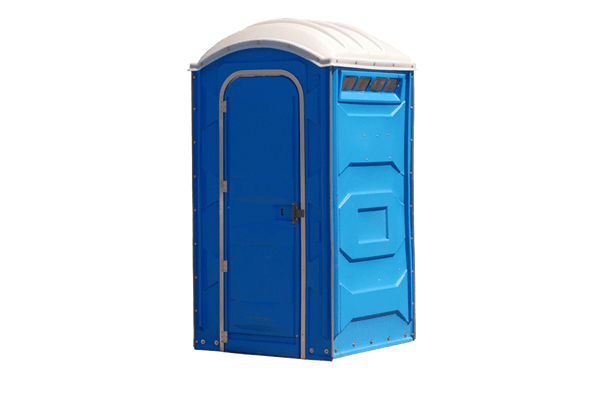
PORTA POTTY RENTAL
We rent porta potties for events and construction projects in the greater Uptown area.
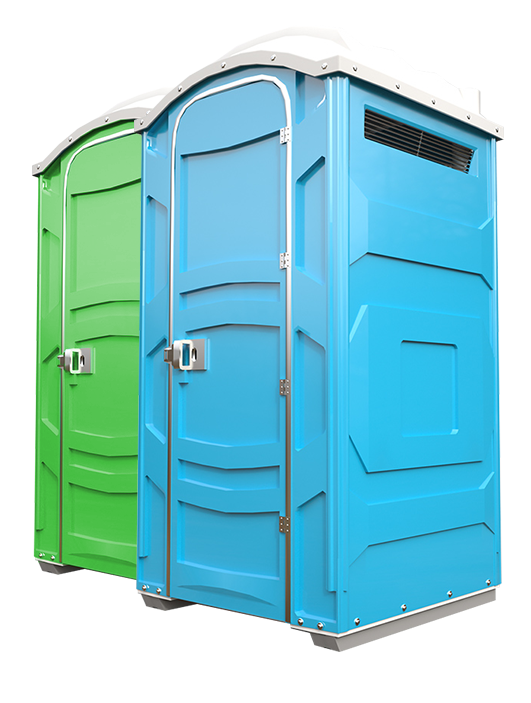
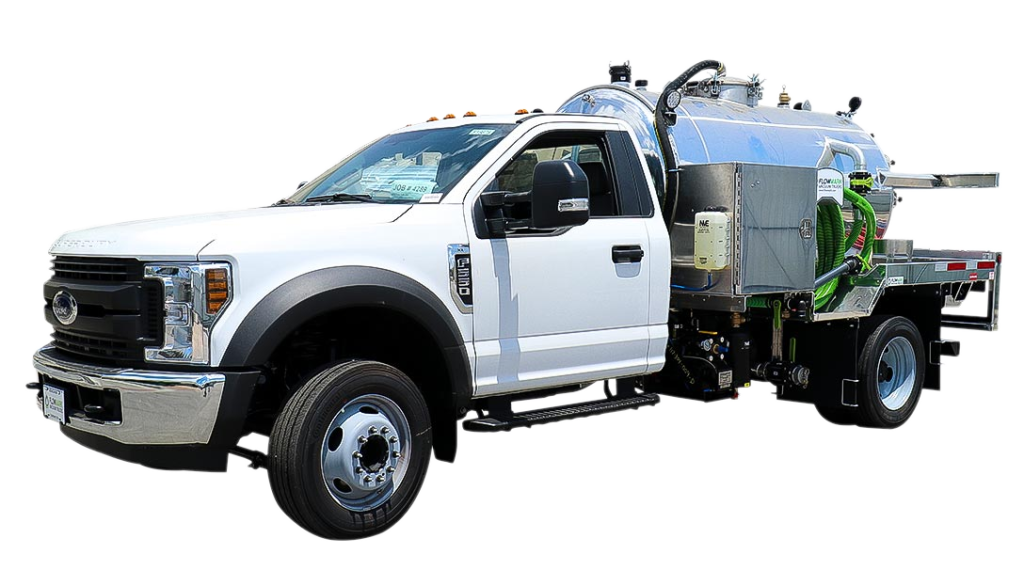
Are you looking to rent a porta potty in or around Uptown Illinois? If you are, look no further than Chicago Porta Potty Rental. We provide fast and professional service, pick up, drop off. Our staff are always happy to help you figure out what best fits your needs while providing a FREE No Obligation Quote! (773) 453-6406
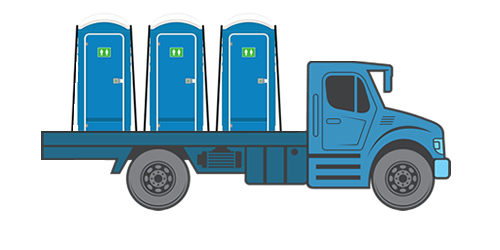


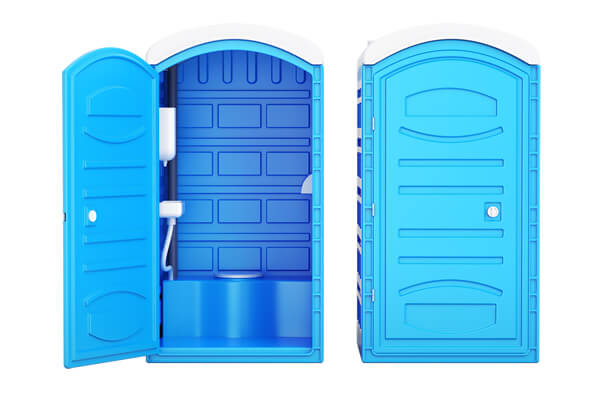
The portable restroom rental in Chicago has progressed significantly since its modest start in the mid-twentieth century. A rich and energetic history that prodded advancement and development has laid the way for what has extended to more than 1,400,000 removable restroom units being used around the world. Here’s the porta-potty plan on how we’ve resulted in these present circumstances point in the mobile toilet rental business.
Give us a call today for your FREE Porta Potty Rental Quote! One of our friendly staff members would be happy to help you.
Please have your location or zip code on hand, this will help us get your the most accurate quote and availability.
Getting a Portable Toilet Rental quote has never been so easy. Simply give us a call and have your dates and zip code ready.
Standard porta potties are the most common moveable bathrooms. They mostly come as a single unit arranged in clusters for outdoor events. They are the most basic kind of moveable bathroom. They neither have a toilet nor flush. They are designed with an effortless but secure locking design. They are most suitable for short events since they have a small tank capacity of around 50-70 gallons. These traveling potties are available in the size of 43-46 by 46-48 by 88-91 inches. Mostly suitable for construction sites and industrial use.
Deluxe porta potties, in simplest words, are a standard moveable restroom with a sink. They are an improved version of the standard traveling restroom that is designed to offer comfort. They come with a sink and a tank that holds a capacity of 60-70 gallons. Apart from being flushable, this sink also comes with a portable hand washing station, a mirror, and a side urinal. Others even come with a baby changing station. These are suitable for events that need high sanitation and hand washing like food tasting events and those with kids.
Handicap-accessible porta potties are moveable potties specially built to accommodate wheelchairs and people with disabilities. They are wider than standard moveable bathrooms and generally more spacious. They have a flat entrance or a ramp at the entrance to facilitate entering and leaving for those using a wheelchair. These units also come with safety handrails for safe use, a lower toilet seat, and anti-slip carpet material to avoid skidding. They are also constructed to adhere to ADA guidelines.
A handwashing station rental provides a convenient and hygienic solution for events, construction sites, or temporary locations where access to traditional plumbing may be limited.
These are standard haulable potties that are mounted non a trailer. They are built with brake lights and tires to facilitate safe towing. They can be safely parked anywhere for use. These units are suitable for mobile worksites like highway road work, field-based media, and disaster relief.



The evolution of portable restroom rental in Chicago has come a long way since its early days in the mid-20th century. An extensive and dynamic history that spurred innovation and growth has paved the way for over 1.4 million portable restroom units in use worldwide. This is the story of how we reached this point in the portable toilet rental industry.
The use of portable toilets in Anaheim began in the 1940s, saving time for workers needing restroom access. One organization chose to fabricate a removable toilet office on a boat that was under development, and the rest was history. This led to porta-potty rentals abroad, companies quickly answered the demand, and the industry soon thrived.
Some early forms of the portable bathroom were worked of wood and specially made. Various organizations grew up, in the ’50s and ’60s, each considering the creation of a different name, including portable toilet, portable restroom rental, porta-potty in Chicago and some more.
As there are different portable toilets with a broad scope of styles and structures, individuals can rent any of these restrooms dependent on their necessity. Each portable toilet includes basic sanitary amenities. Few toilets are equipped with tissue paper, holding tank, seat cover, and flushing capability. For VIPs or special guests, some restrooms offer enhanced sanitary amenities along with basic needs.
Standard portable toilets are mostly installed where large crowds gather. These restrooms are ideal for public events, political meetings, and social gatherings. Outdoor weddings require high-quality restrooms for the bride. There are sure restrooms extraordinarily intended to oblige in wedding occasions.
The various extravagance restrooms are encased with different clean enhancements like tissue paper, holding tank, seat spread, towel, hand washing station, reflect, flowerage, and deodorizer and so forth. Renting such restrooms for your visitor can sure fulfil them and make your occasion fruitful. To rent restrooms, you need to reach out to the appropriate portable toilet rental service provider in your area.
There are numerous porta potty rental organizations accessible in the United States of America. It’s wise to research online to find the right restroom rental company. You can channel the various organizations choose the correct one that is closer to your area. The cost of porta-potties varies by company and industry. Select the restroom rental company that provides quality service at a fair price. By renting portable loos in your occasion, the guests and visitors can without much of a stretch meet the sterile needs in perfect and clean condition.
Shower trailers have likewise been added to the portable restroom rental family and are rapidly ascending in portable sanitation ubiquity. These trailers have separate areas for men and women, each equipped with three shower stalls, one toilet, and one sink, are energy-efficient, and offer ample hot water. These versatile shower trailers can even be spared straightforwardly to a sewer line for continuous use. Shower trailers are beneficial for both short-term and long-term use in situations like campsites, festivals, emergencies, and other critical applications.
The Importance of the Porta Potty
Event planning involves many considerations for hosts. One important aspect is providing reliable restroom services for all guests. It can be difficult when the venue lacks adequate restroom facilities for the expected crowd. Fortunately, porta-potty services are available to assist in various situations.
Businesses often find themselves in need of porta-potty services. For example, during large events like tournaments or competitions. The flood of individuals to the time and surrounding scenes can prompt upheld up lines at the restrooms. In any case, they are having deliberately found removable offices guarantees that individuals can rapidly deal with their restroom needs and come back to having a fabulous time.
When local governments plan fairs or festivals, these events are usually held in remote locations without plumbing facilities for the thousands of attendees. Event organizers must figure out the number of porta-potties needed and their placement.
Companies offering porta-potty rentals in Chicago can help with these calculations. For instance, porta-potties should be near the entry and exit points. Moreover, the food territories is a smart thought. Be that as it may, they ought not to be excessively close. Consulting experts will help with positioning and determining the number needed.
There are often many private rentals available to ensure events run smoothly. For instance, if a family is planning a large barbecue or gathering with many guests, these can help keep indoor facilities clean and reduce post-event cleanup. Many families use their properties for weddings and gatherings, saving on venue costs. Ensuring a smooth event can be achieved by placing a few porta-potties for guests, keeping them near the activities and reducing indoor traffic.
Because you have decided to have an exceptional occasion in your lawn doesn’t imply that you need to stress over the visitors meandering the house solo. You can easily hide a porta potty behind a decorative screen with a clear sign for guests. Whether you frequently host large events as a business or have occasional big gatherings at home, making sure guests are comfortable and have their needs met is your duty. By utilizing these rentals, you can trust that the rental company in Anaheim will manage all services related to their products. This lets you focus on other elements of the event.
Anyone is able to rent a porta potty as long as you have a location that is accessible for us to leave the unit. We are happy to answer any questions you may have about renting a porta potty, simply call us at (773) 453-6406
You are able to rent a portable toilet for as long as you need. The rental duration for a porta potty in Uptown is typically one month but you can rent it for as little as a day as long as our schedule permits pick up and drop off.
There are many situations where you may need to rent a porta potty. A few examples would be; an outdoor event, wedding, large family gathering, home remodel, construction sites etc. Any place that you may need to use the bathroom and either don’t have one available or will have to many people for a single bathroom a porta potty is a great solution.
Porta potties are typically serviced once per week. This will be sufficient in most cases but if you have a large number of people using the portable toilet you may need more regular cleanings. For example at a busy construction site. If you need more regular serving of the porta potty please contact our team, we would be more than happy to find a cleaning solution that fits your needs.
A standard porta potty rental usually includes a single unit with a toilet, urinal, and toilet paper dispenser. Some units may also include a sink with running water and a hand sanitizer dispenser. Delivery, weekly cleanings & pickup of the unit may also be included in the rental price. Make sure to ask your customer service representative.
It’s typically recommended to reserve your porta potty at least 1-2 months in advance before the delivery date. However, if you’re planning a large event or during peak season, such as summer months, or are reserving a luxury trailer unit it’s best to reserve as early as possible to ensure you get the number of units you need.
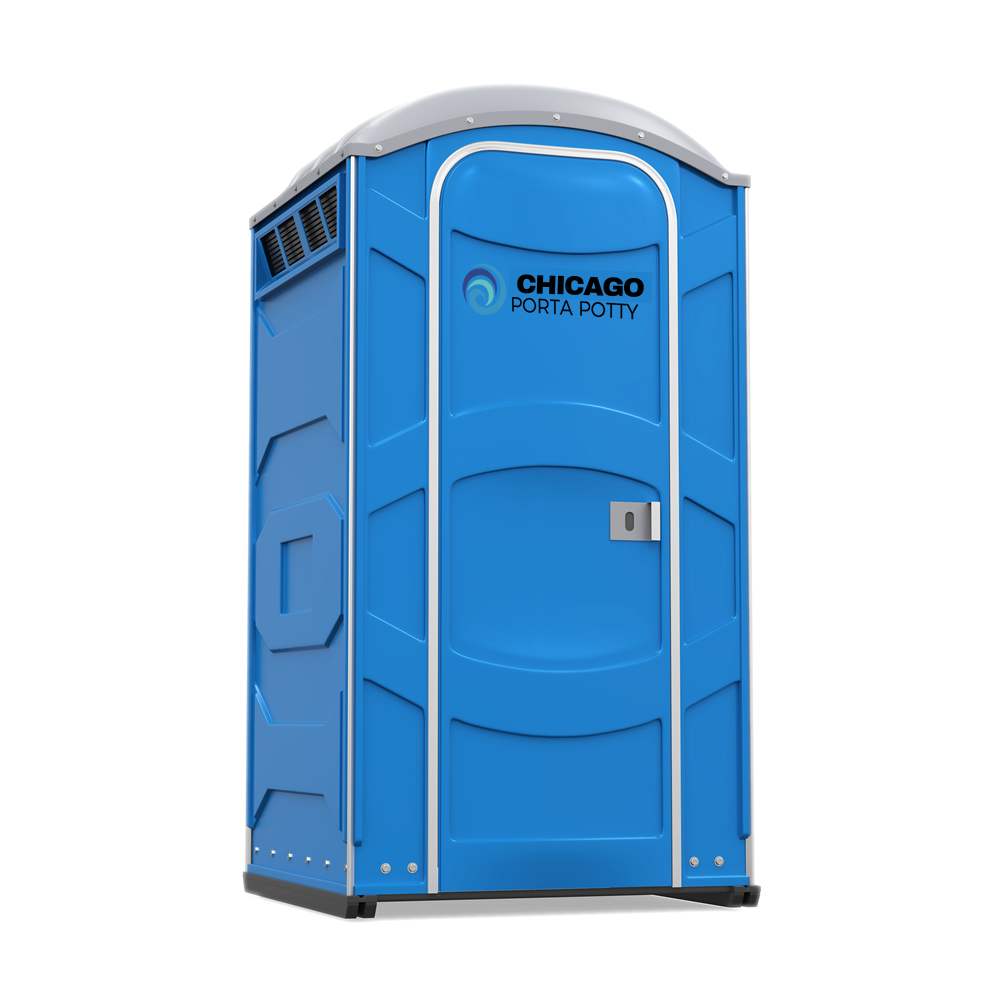
Uptown, Illinois is a charming neighborhood located on the north side of Chicago. Known for its historic architecture, trendy shops, and diverse dining options, Uptown is a popular destination for residents and visitors alike. The neighborhood is also home to several iconic landmarks, including the Aragon Ballroom and the Riviera Theatre, which host a variety of concerts and events throughout the year. Uptown is also known for its vibrant entertainment scene, with numerous bars, clubs, and theaters offering live music and performances. The neighborhood is designated as a historic district, preserving its unique character and sense of community. Uptown is also a hub for cultural diversity, with residents hailing from a wide range of backgrounds and ethnicities. The neighborhood is known for its many ethnic restaurants, offering a taste of cuisine from around the world. Uptown is also home to several community organizations and cultural centers, promoting arts, education, and community engagement. For more information about Uptown, Illinois, visit website.
Addison | Albany Park | Alsip | Auburn | Auburn Gresham | Ashburn | Austin | Avondale | Bellwood | Belmont Cragin | Bensenville | Berkeley | Berwyn | Blue Island | Bridgeport | Bridgeview | Brighton Park | Broadview | Brookfield | Burbank | Burnham | Burr Ridge | Calumet City | Calumet Park | Chatham | Chicago Lawn | Chicago Loop | Chicago Ridge | Clarendon Hills | Clearing | Cicero | Countryside | Crestwood | Darien | Des Plaines | Dixmoor | Dolton | Douglas | Dunning | Edgewater | East Chicago | East Garfield Park | Elk Grove | Elk Grove Village | Elmhurst | Elmwood Park | Englewood | Evanston | Evergreen Park | Forest Park | Franklin Park | Gage Park | Garfield Ridge | Gary | Glencoe | Glenview | Grand Boulevard | Grand Crossing | Greater Grand Crossing | Grant Park | Gresham | Hegewisch | Harvey | Harwood Heights | Hickory Hills | Hillside | Hinsdale | Hodgkins | Hometown | Humboldt Park | Hyde Park | Indian Head Park | Irving Park | Justice | Kenwood | Lincoln Park | Lincoln Square | Logan Square | Lombard | Marshall Square | Maywood | Melrose Park | Midlothian | Montclare | Morgan Park | Mount Greenwood | Niles | North Center | North Riverside | Northbrook | Norwood Park | Oak Lawn | Oak Park | Palos Heights | Palos Hills | Palos Park | Park Ridge | Riverdale | River Forest | River Grove | Riverside | Robbins | Rogers Park | Roseland | South Chicago | South Lawndale | South Holland | South Shore | Stickney | Stone Park | Summit | Villa Park | West Garfield Park | West Lawn | West Town| Westchester | Western Springs| Willow Springs | Willowbrook| Winnetka |Worth | West Ridge | Uptown Phoenix | Washington Park | Oakbrook Terrace | Pullman | Oak Forest | West Englewood | Morton Grove | Lyons | Northfield | Oak Brook | La Grange Park | Sleepy Hollow | Whiting | LaGrange | Lincolnwood | Skokie | Rosemont | Wilmette | Phoenix | South Chicago Heights | Oakland | Mexico | Sunnyside | McKinley Park | Schiller Park | Kenilworth | West Elsdon | Merrionette Park | Norridge | Markham | La Grange | Posen | Wood Dale | Westmont | Northlake | Near South Side

Monday: 6am – 6pm
Tuesday: 6am – 6pm
Wednesday: 6am – 6pm
Thursday: 6am – 6pm
Friday: 6am – 6pm
Saturday: 6am – 6pm
Sunday: Closed
© 2025 Chicago Porta Potty.
